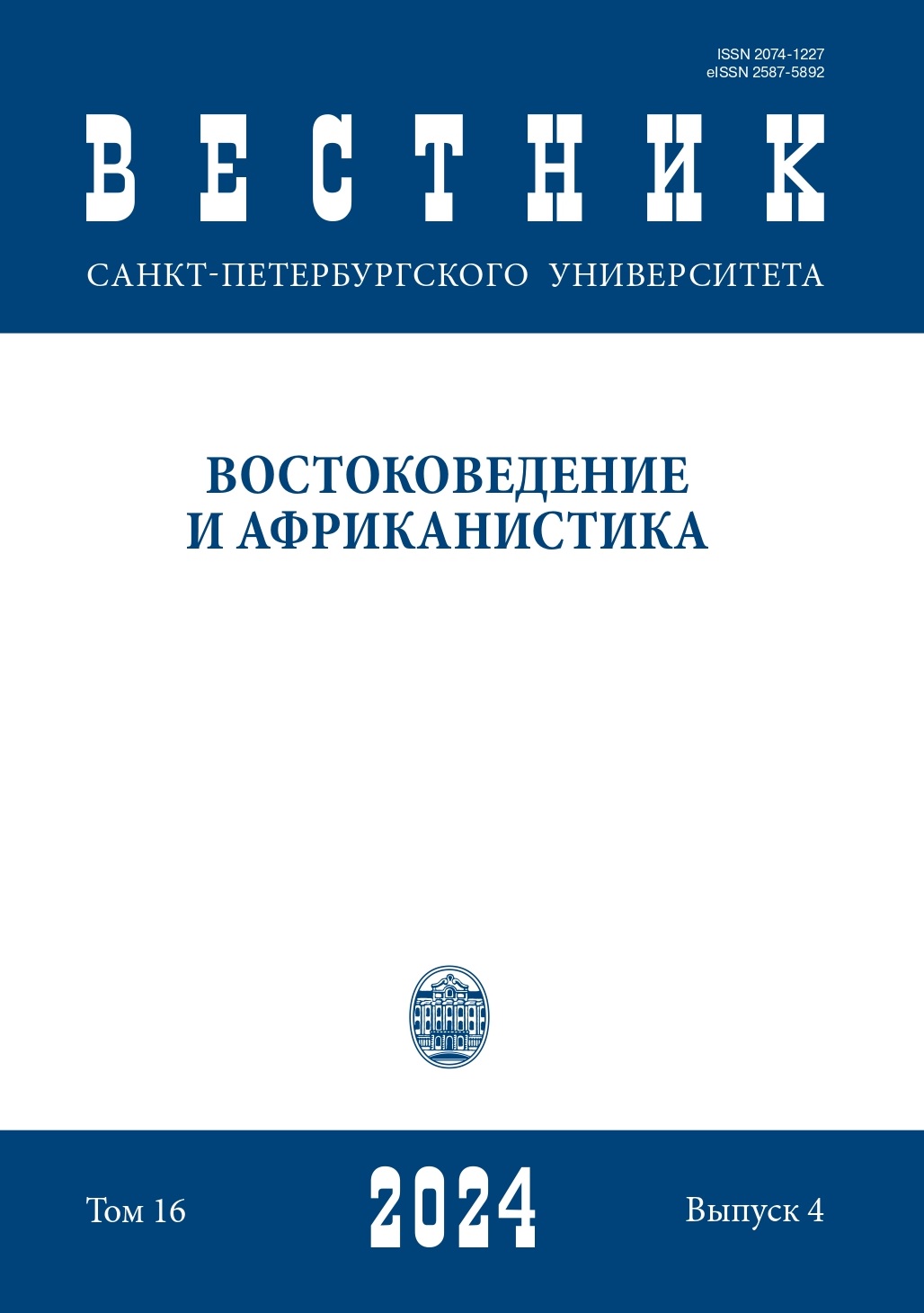“Open Sesame” Tale Type in Folktales and Mythological Stories of Hebei Province
DOI:
https://doi.org/10.21638/spbu13.2024.406Abstract
One of the international tale types most common in China is “Open Sesame” (No. 676 according to the system of A. Aarne and S. Thompson). It has attracted the attention of scholars since the last quarter of the 19th century. All three major indices of Chinese narrative folklore include it. At the same time, the characteristics of the Chinese local variant (ecotype) have not yet been fully studied. Thanks to the campaign to collect and publish folklore prose in the PRC, which began in the mid-1980s and continued until the early 2000s, researchers now have a wealth of new material for all regions of mainland China. One of the tasks that can be undertaken on the basis of this material is to clarify the specifics of local varieties of international plot types. The article examines 17 texts from eight collections recorded in Hebei Province and around Beijing and Tianjin from the 1930s to the early 2000s that mention magically opening doors to a cave. All but one can be classified as belonging to the Chinese ecotype of AT 676. In fact, only three of them are fairy tales based on “unsuccessful repetition”, like the classical type. The rest are mythological stories, which, in their content and motifs, are close to the legends of unsuccessful treasure hunts that are widespread throughout the world. Most of the mythological stories involve an outsider who discovers the treasure and may act as the hero, antagonist or helper.
Keywords:
Chinese folklore, Hebei, Chinese folk beliefs, treasure legends, fantastic animals
Downloads
References
Downloads
Published
How to Cite
Issue
Section
License
Articles of "Vestnik of Saint Petersburg University. Asian and African Studies" are open access distributed under the terms of the License Agreement with Saint Petersburg State University, which permits to the authors unrestricted distribution and self-archiving free of charge.





